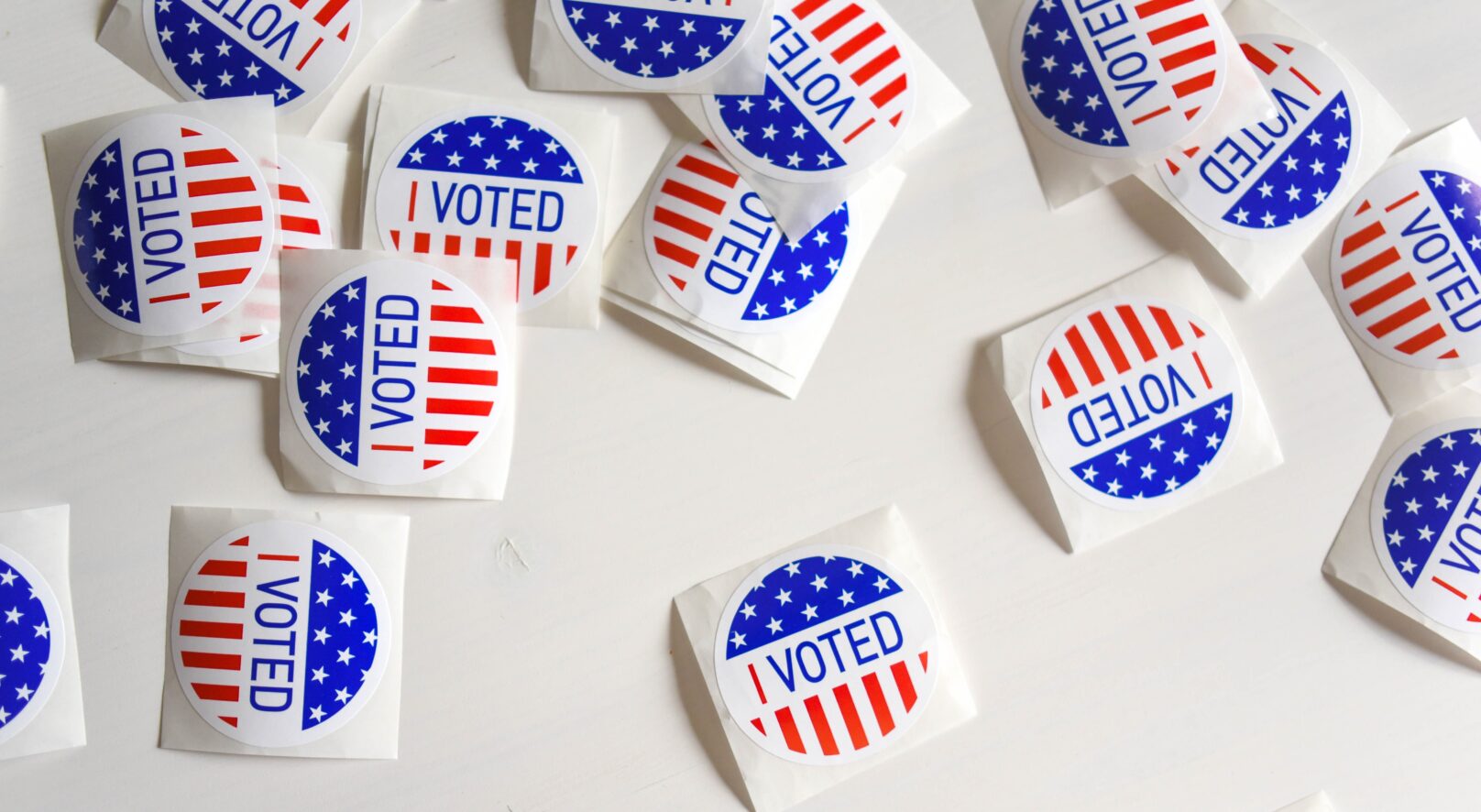Young People + Voting: A Guide to Participating in the 2023 Elections
October 30, 2023
Share

Election Day 2023 is fast approaching, and it’s important to recognize that young people hold substantial influence as a voting bloc. In 2022, the national youth turnout reached 23%, marking the second-highest youth turnout rate for a midterm election in the past 30 years, according to research from the Center for Information & Research on Civic Learning and Engagement (CIRCLE).
Despite these gains, young voters have historically had the lowest voter registration and participation rates of any age group. In fact, our national survey results reveal only 48% of Gen Zers intend to vote in the 2024 general election.
Here are some valuable resources for working with young people, particularly first-time voters, to ensure they are well-informed and ready to cast their votes this year.
What’s on the Ballot?
The 2023 off-year election includes gubernatorial and state legislative elections in a few states, as well as statewide referendums, mayoral races, and other local offices. There will be three special elections to the U.S. Congress to fill mid-term vacancies.
Pre-registration
Many states allow pre-voter registration for young people approaching the age of 18. Find out more information on the requirements in each state.
- This tool from Headcount can help young people determine the age requirements for registration in their state.
- There are 16 states, including Washington D.C., that allow pre-voter registration for young people beginning at age of 16. The National Conference of State Legislature has more information about preregistration for young voters here.
- Have other questions about voter eligibility in your state? Check out this tool by Rock The Vote.
Registration Deadlines
Each state has their own deadline for registering to vote ahead of the general election. Some states require registration as far as a month in advance. Nearly half of U.S. states allow voters to register and cast ballots on Election Day.
- November 7, 2023: California, Colorado, Connecticut, Hawaii, Idaho, Illinois, Iowa, Maine, Maryland, Michigan, Minnesota, Montana, Nevada, New Hampshire, New Mexico, Utah, Vermont, Virginia, Washington, Washington D.C., Wisconsin, Wyoming, North Dakota (does not require people to register to vote)*
*all other state deadlines have passed as of publication.
For more information about voter registration deadlines, including links to register, visit Vote.org.
Click here for a tool to check registration status created by Headcount and Global Citizen.
- If you’re working with college students, encourage them to check their registration as well as their access to an absentee or vote by mail ballots, including deadlines to request. The Campus Vote Project has state-by-state guides for college students.
Voter Guides
According to a post-election report from the Walton Family Foundation, Murmuration and SocialSphere, 33% of Gen Z voters wish they had more information about candidates and issues before the 2022 midterms. These non-partisan and nonprofit resources can help young people learn more about the ballot measures, candidates, and other issues on the ballot.
- Ballotpedia is the digital encyclopedia of American politics and a resource for unbiased information on elections, politics, and policy. This tool lets you look up a sample ballot based on your address.
- VOTE411.org is a one-stop-shop for election-related information. It provides nonpartisan information in both English and Spanish to the public with both general and state-specific information. This tool provides candidate and issue information based on where you vote.
- Ballotready.org provides personalized, nonpartisan information to voters in all 50 states. Using their tool, you can input your address, view candidates and measures on your ballot, and make a plan for election day.
- PolitiFact offers election specific fact checking. You can also check facts from incumbent politicians and news you may see on social media.
- This Vote.org tool can help young people find their polling places.
- TurboVote is a one-stop-shop of voter information that also provided personalized voting reminders.
Engagement Guides
Here are some organizations with voting resources for your classrooms and organizations.
- Nonprofit Vote provides nonpartisan resources to help nonprofits integrate voter engagement into their ongoing activities and services.
- Scholars Strategy Network has a faculty guide for informing students about voting.
- iCivics has a high school lesson plan called “Voting: Will You Do It?”
- The National Council for the Social Studies has a guide for K-12 educators to teach the election in nonpartisan ways.
- Kathleen Harring, President of Muhlenberg College, shares strategies for how colleges can help turn out the student vote.
Youth Vote Impact
Looking to galvanize the importance of voting with young people? Here are some facts and figures showing just how much impact casting a ballot can have.
- In the next presidential election, 40.8 million members of Gen Z will be eligible to vote, including 8.3 million newly eligible youth (ages 18-19 in 2024) who will have aged into the electorate since the 2022 midterms.
- Gen Z swung key races in PA, MI, WI, GA in the 2022 election according to CIRCLE.
- Young people face unique barriers to voting. Irrespective of voter registration status, many young voters experience difficulties arranging their work or school schedule, finding transportation to the polls, or understanding where to vote.
- In 2022, 34 U.S. House races were decided by <1% of the vote. In some districts, that means a difference of a few hundred votes. Find more information and statistics about the voter margins and potential impact of college age voters through Civic Influencer’s Student Voting Heat Map.
Stay Engaged
Get More News
Join our mailing list to get more news like this to your mailbox.
Support Our Work
Help us invest in the talent, ideas, and networks that will develop young people as effective, lifelong citizens.
Ways to Support Us